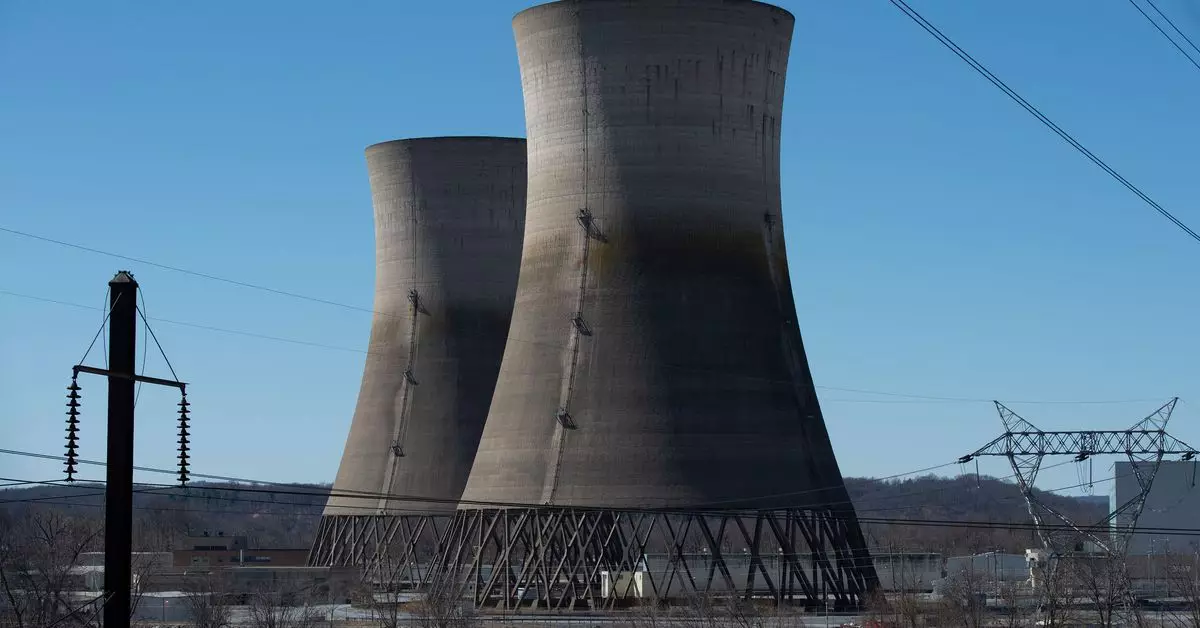In a striking development within the intersection of technology and energy production, Microsoft has taken the unprecedented step of signing a deal to revive the now-defunct Three Mile Island nuclear power plant. While some may see this decision as controversial given the plant’s historical significance—particularly its role in the most severe nuclear accident in American history in 1979—the move reflects the urgent demands of a tech giant seeking to meet growing energy needs for its artificial intelligence pursuits.
As the world continues to grapple with climate change and environmental regulations, Microsoft’s partnership with Constellation, the plant’s current owner, raises critical questions about sustainability, energy sources, and the future of data centers. Should this agreement receive regulatory approval, Microsoft stands to acquire exclusive rights to 100 percent of the site’s energy output, a necessity for a company whose operations are rapidly expanding.
The Three Mile Island plant has a complex legacy. Its first reactor, which was shut down following the 1979 incident, represents a dark chapter in nuclear energy history, leading to heightened public scrutiny and regulatory rigor surrounding nuclear safety. The more recent closure of the second reactor in 2019 due to economic challenges adds another layer of complexity to this narrative. However, this latest agreement marks a new chapter: a shift towards harnessing nuclear energy for clean power in a manner deemed responsible and necessary for future technological advancements.
The proposed reactivation of the plant, which will be renamed the Crane Clean Energy Center to honor Chris Crane, the former CEO of Exelon, will enable the generation of 837 megawatts of electricity. This power is sufficient to supply over 800,000 homes but illustrates a growing demand for energy resources to facilitate advancements in AI technologies and data processing.
As concerns rise regarding Microsoft’s greenhouse gas emissions—embarking on an aggressive expansion of its AI capabilities—the revival of the Three Mile Island facility holds potential for aligning corporate success with environmental responsibility. According to Bloomberg reports, Microsoft aims to have its data centers running on clean energy by 2025. Therefore, reinvigorating this nuclear plant is not just a pragmatic decision; it may also be pivotal in ensuring that Microsoft’s ambitious climate objectives remain attainable.
Bobby Hollis, vice president of energy at Microsoft, emphasized the strategic nature of this agreement, noting it as a significant milestone in the company’s broader initiative to decarbonize energy sources in alignment with their commitment to becoming carbon negative in the future. This underscores the growing notion that major technology players must take a more active role in creating sustainable energy partnerships to support their burgeoning operational demands.
Additionally, Microsoft’s investment reflects a broader trend wherein tech giants are increasingly investing in next-generation energy sources. The company’s discussions around small modular reactors (SMRs) illustrate a forward-thinking approach to energy retrieval—one that combines innovation with responsibility. Bill Gates, co-founder of Microsoft and a vocal advocate for nuclear energy, reinforces this narrative, positing that nuclear could be a key player in addressing the climate crisis.
With Constellation poised to invest around $1.6 billion to revive Three Mile Island, this project not only reflects Microsoft’s energy needs but highlights the company’s willingness to invest substantially in sustainable technology. It also reinforces partnership dynamics essential in navigating the complexities of the nuclear energy landscape, particularly as they pertain to regulatory approvals and community acceptance.
Ultimately, Microsoft’s approach exemplifies how major corporations can leverage historical energy systems for modern technological requirements while simultaneously addressing climate change imperatives. As the energy landscape continues to shift, the implications of this partnership extend beyond Microsoft, serving as a potential blueprint for other tech companies seeking to operationalize sustainable practices.
In an era where energy efficiency and environmental accountability are more critical than ever, the revival of the Three Mile Island nuclear plant could represent the intersection of technological innovation and sustainable energy—a vital step forward in the quest for clean power sources in the information age.


Leave a Reply